Renowned researchers, educators and makers, pioneering bridge building methods, development and inspiration for Interstellar Flight.


Renowned researchers, educators and makers, pioneering bridge building methods, development and inspiration for Interstellar Flight.

Japan is preparing to carry out the first test in space for a so-called “space elevator” that could one day transport people and cargo to orbiting stations way above Earth. Several organizations are looking into the feasibility of the project, with one group aiming for an ambitious-sounding 2050 launch.
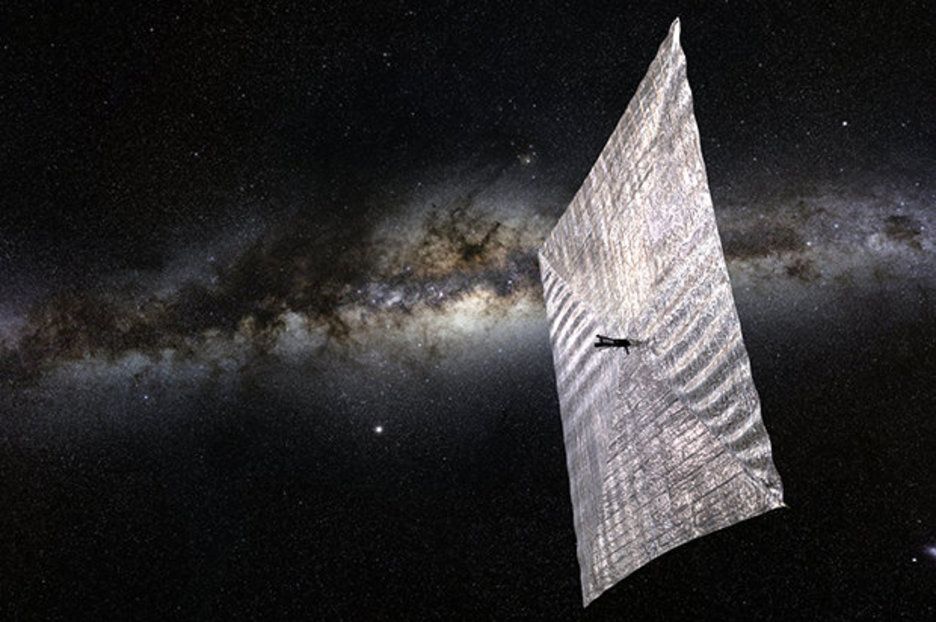
A NEW material capable of propelling spacecraft to 20% of the speed of light has been engineered, fuelling hopes of imminent interstellar travel.

A few months ago, physicist Harold White shocked the very wide range of aeronautics industry when he announced that his team at NASA was in the process of developing a faster-than-light warp drive. His design could one day transport a spacecraft to the nearest star in a matter of weeks.

TOKYO, Sept. 6, 2018 (ANA HD/JAXA PR) — ANA HOLDINGS INC. (hereinafter ANA HD) and Japan Aerospace Exploration Agency ( JAXA ) are proud to announce the launch of “AVATAR X,” a multi-phased program to revolutionize space exploration and development using real-world Avatars (*1).
AVATAR X aims to capitalize on the growing space-based economy by accelerating development of real-world Avatars that will enable humans to remotely build camps on the Moon, support long-term space missions and further explore space from afar.
AVATAR X is part of “ANA’s AVATAR Vision (*2),” a breakthrough endeavor to advance and pioneer real-world Avatar technologies, and JAXA ‘s new research and development program “J-SPARC” ( JAXA Space Innovation through Partnership and Co-creation). Together with a growing list of public and private partners, AVATAR X hopes to catalyze new space-based businesses that will provide key services and an unprecedented level of access to space.
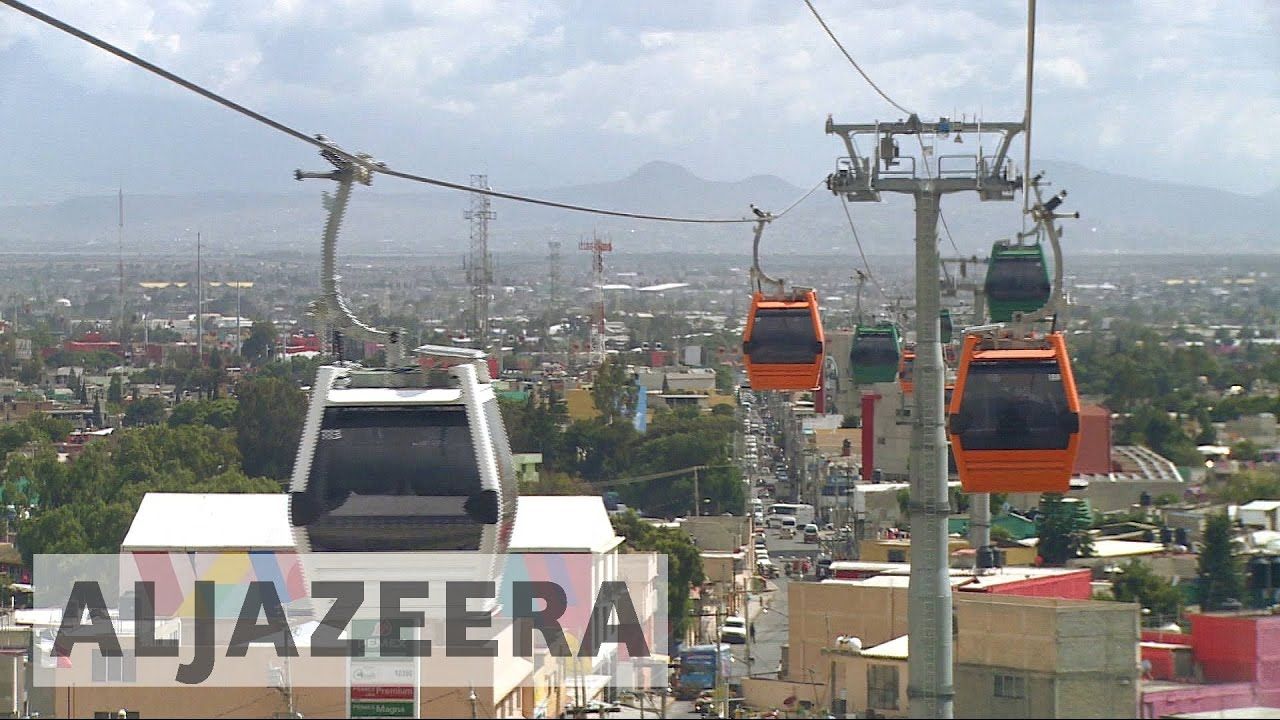
Sections of cities all over the world are being demolished to meet increasing demand for transport infrastructure. The process of building new roads, harbour crossings, metro systems and light rail lines seems unending. Large-scale construction includes loss of public space, housing and backyards.
Historic suburbs, such as Sydney’s Haberfield, have suffered. And then there’s the issue of cost blow-outs and traffic gridlock. There are rumblings, too, about environmental impacts and equity of access. But there is actually one public transport option that can mitigate many of these concerns: cable cars.
Cable cars now grace many urban skylines, including some of the world’s most populous, congested and poorest cities, such as Colombia’s city of Medellin, but also the US city of Portland. These cities have integrated cable cars with existing transport networks. The newer versions are cheap, quick to build and solar generating. Perhaps it’s time for Australia to start looking skyward for solutions.
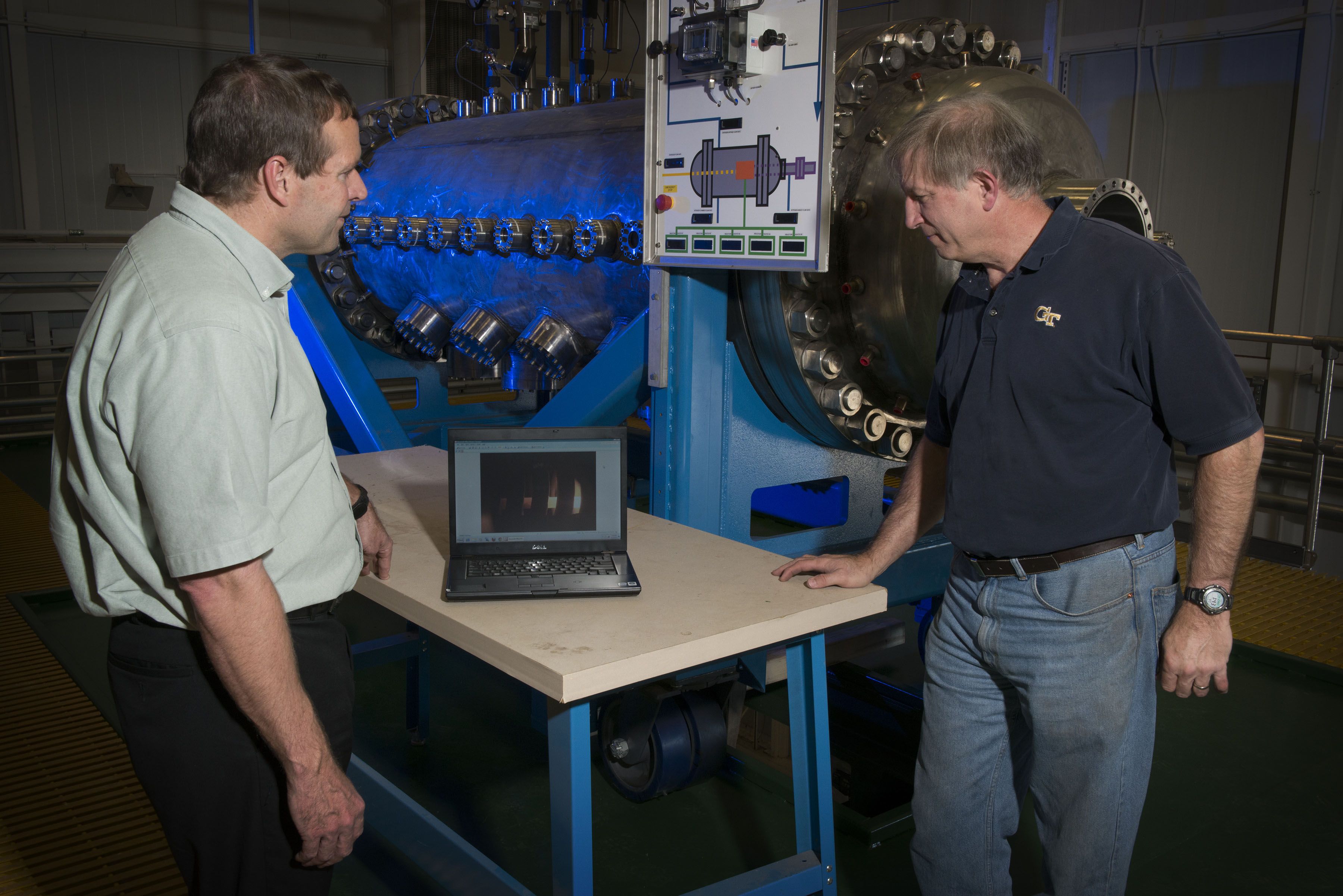
Today’s advances in materials, testing capabilities, and reactor development are providing impetus for NASA to appraise Nuclear Thermal Propulsion (NTP) as an attractive 21st century option to propel human exploration missions to Mars and other deep space destinations.
Utilizing nuclear technology as an ingredient of NASA’s exploration prowess is not new. NTP research is part of the space agency’s storied history. In 1961, NASA and the former Atomic Energy Commission jointly embarked on the Nuclear Engine for Rocket Vehicle Application (NERVA) program – an effort that over several years led to the design, building, and testing of reactors and rocket engines.
Those programmatic high points spurred then-NASA Marshall Space Flight Center director and rocket pioneer, Wernher von Braun, to advocate for a proposed mission, dispatching a dozen crew members to Mars aboard two rockets. Each rocket would be propelled by three NERVA engines. As detailed by von Braun, that expeditionary crew would launch to the Red Planet in November 1981 and land on that distant world in August 1982. In presenting his visionary plan in August 1969 to a Space Task Group, von Braun explained that “although the undertaking of this mission will be a great national challenge, it represents no greater challenge than the commitment made in 1961 to land a man on the moon.”
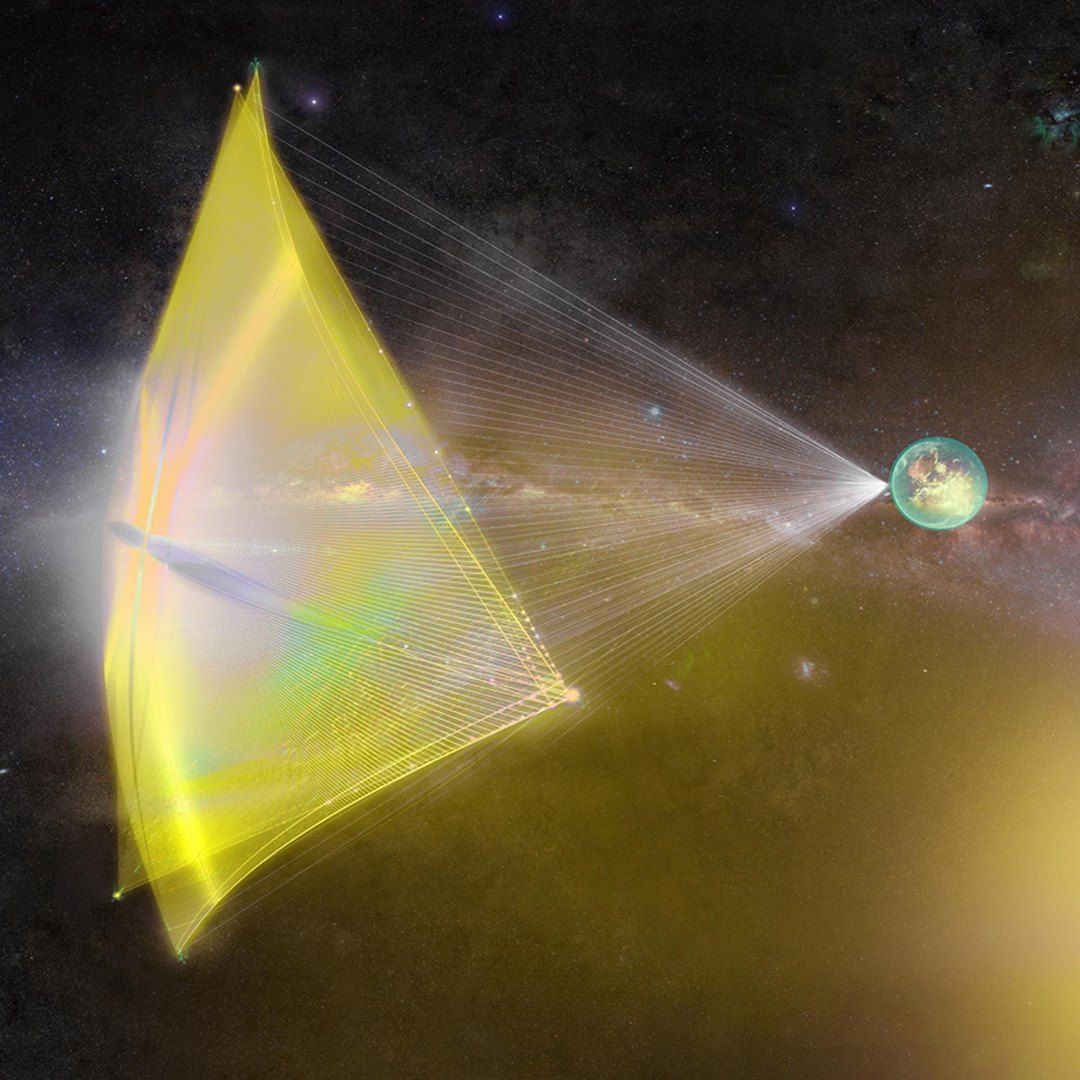

Product endorsements and spaceships with corporate brands just might be part of a trend toward further commercialization of America’s space effort.
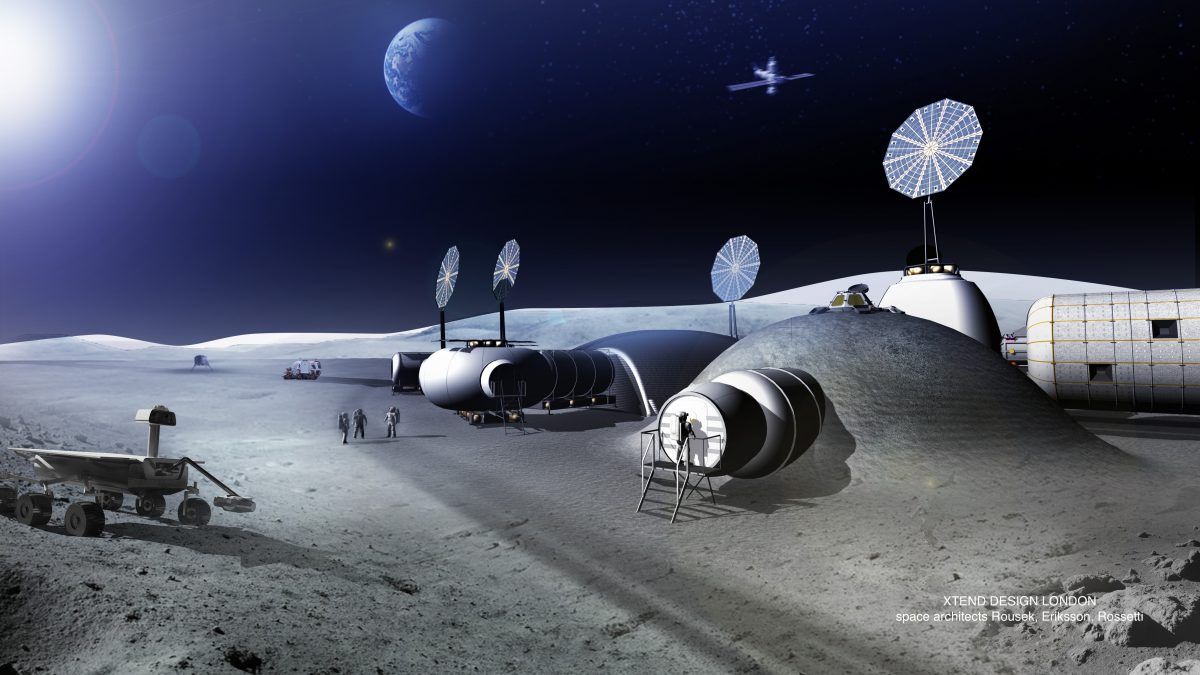
Many countries including China, Russia, South Korea, India, Japan, and Europe Nations have all outlined significant lunar plans. To mention a few, the Moon Village concept got an endorsement from the Secretary General of the China National Space Administration, Yulong Tian. He outlined plans for a series of robotic missions to the moon, including China’s first sample return mission, Chang-e. The Director General of the Russian state space corporation, Roscosmos, talked about participating in any Moon Village effort. Smaller space agencies, such as Ukraine, share a similar desire to carry out lunar missions. President Trump signed the Space Policy Directive-1 in December 2017 and NASA has big plans for the Moon, with the recent Lunar Orbital Platform-Gateway (LOP-G) initiative. Space activities are not limited to government initiatives; many of them are being pursued in partnership with civil society and the private sector. Several private missions to the Moon are planned in Japan with ispace, India with Team Indus, Israel with SpaceIL, United States with companies such as OffWorld and Moon Express, Germany with PT Scientists, and Luxembourg with CisLunar Industries.
Private industry is developing business plans to profit by creating new services and products that eventually will become the Moon Market. There is already good cooperation between private and government industries in each country; however, there is no global platform allowing cooperation between industry and government around the world. There is also a need to engage non-space industries by communicating the potential of the Moon Market. The Moon Village Association (MVA), a non-governmental organization (NGO) created in 2017 and based in Vienna, is dedicated to this mission:
“It provides a forum for the development of the Moon Village for industry, government, space agencies, international organizations, NGOs and the public at large.”